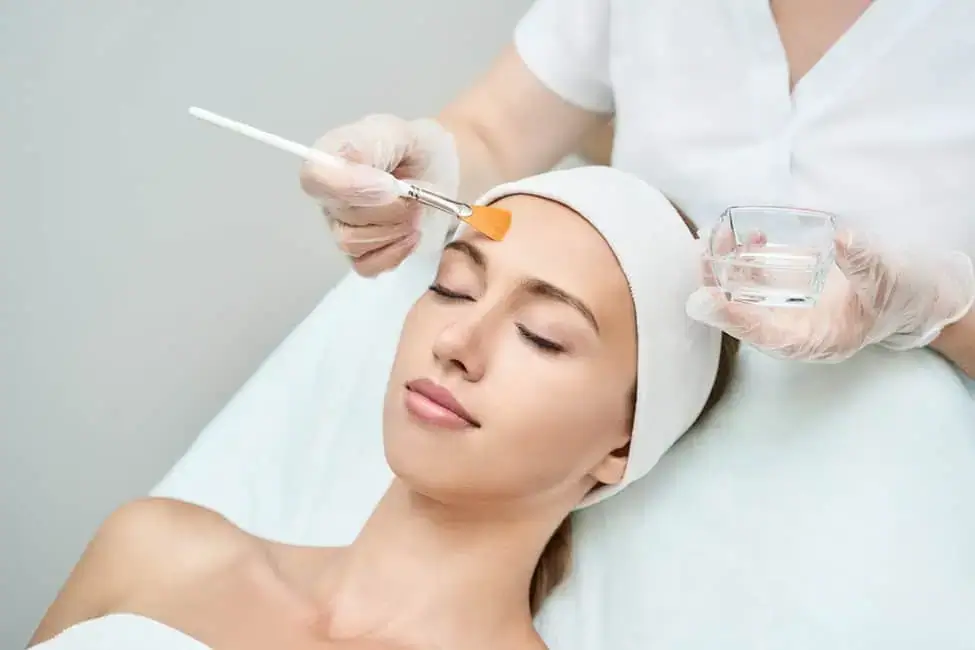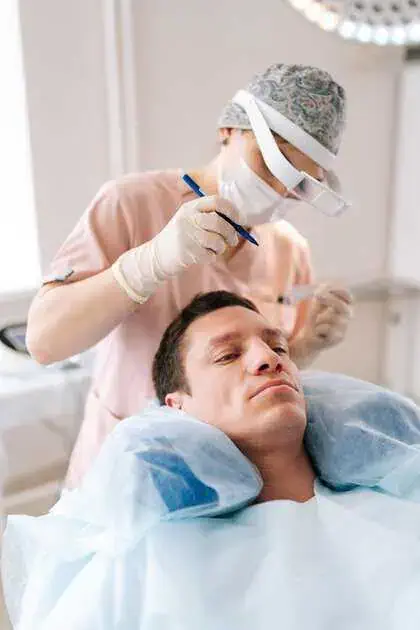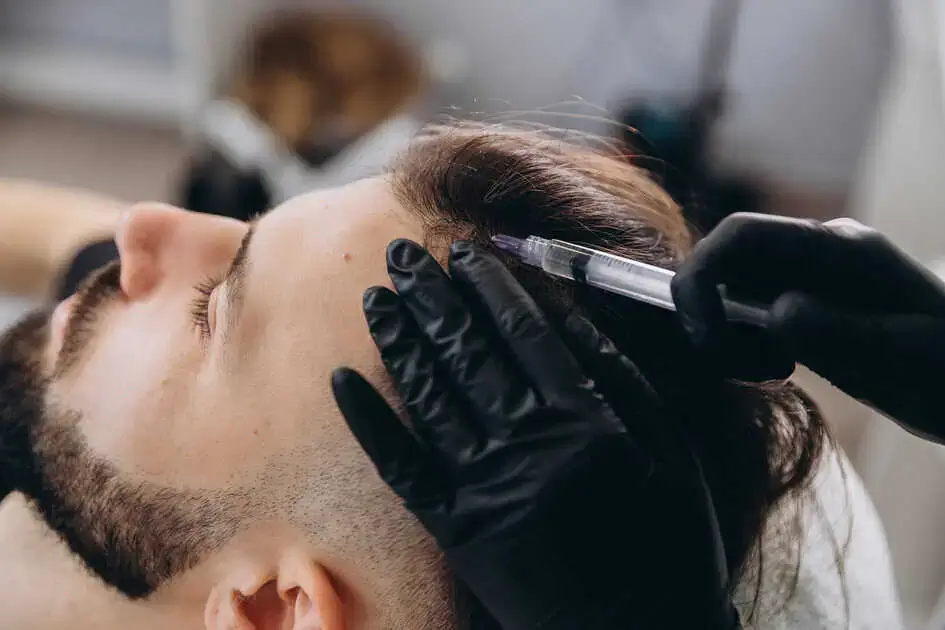Laser resurfacing has become widely used to address several facial skin issues and is hard to beat when it comes to long-lasting results. This non-surgical, minimally invasive cosmetic procedure can treat multiple issues, including acne scars, sun spots, wrinkled skin, pigmentation, redness, and other cosmetic flaws. That said, laser skin resurfacing completely alters the beauty industry by reversing the signs of aging.
How Does Laser Resurfacing Work?
This facial rejuvenation procedure uses a laser to improve the skin’s appearance or treat minor facial flaws. Laser resurfacing treatment works using the following:
Ablative Laser
This laser resurfacing type removes the skin’s thin outer layer, also called the epidermis, and heats the underlying skin, also known as the dermis. Afterwhich, it helps stimulate the production of collagen, a protein that improves the firmness and texture of the skin.
Moreover, the treated area will appear smoother and tighter as the epidermis heals and regrows. Also, the types of ablative therapy include a carbon dioxide (CO2) laser, an erbium laser, and combination systems.
Non-Ablative Laser or Light Source
Similar to the ablative laser, this laser resurfacing type also stimulates collagen production. However, this is a less aggressive approach with a shorter recovery time but offers less noticeable results. Regardless, the types of non-ablative laser are erbium (Er: YAG), intense pulsed light (IPL) therapy, and pulsed-dye laser.
These two methods can be delivered with a fractional laser, leaving microscopic columns of untreated tissue throughout the treatment area. Correspondingly, fractional lasers were developed to shorten recovery time and reduce the risk of side effects.
How Many Laser Resurfacing Sessions Are Needed?
Like other cosmetic procedures, consistent treatments can lead to better, longer-lasting results. However, some patients may need as little as one laser resurfacing session. The number of treatments will depend on the severity of the concerns.
Moreover, the length of time between the laser resurfacing treatments will depend on the doctor’s recommendations, skin type, and other factors. The skin generally needs about four weeks between laser treatments to recover and prepare for the next session. Since laser skin treatments are sensitive, patients must select a reputable facility and highly experienced provider to perform laser surfacing treatments.
The provider can create a treatment plan and schedule to best meet the needs and lifestyle. Patients typically undergo one-time, yearly, or monthly laser skin resurfacing treatments, depending on their concerns and goals. For example:
One-time Laser Resurfacing
A single laser resurfacing treatment can help those with minor skin complaints who want improved texture and a more even skin tone. Routine maintenance is needed to experience maximum effect, including wearing sunscreen and using dermatologist-recommended topical agents. That said, patients can enjoy the result of laser resurfacing treatments for 5 – 7 years before additional treatments are needed.
Yearly Laser Resurfacing
Yearly laser surfacing treatments can benefit those with more significant complaints, including an uneven skin texture, more noticeable acne scarring, or significant discoloration. Simultaneously, maintaining a consistent routine with laser surfacing once a year will help the skin continue to produce collagen and promote a smooth, flawless appearance.
Monthly Laser Resurfacing
Patients with certain skin types and those that have the most severe complaints are likely to need monthly laser skin resurfacing treatments to achieve and maintain the results they are hoping for.
What Are Skin Issues Treated With Laser Resurfacing?
One of the most compelling features of laser skin resurfacing is that it can be used to address a wide range of skin concerns. Here are the skin concerns that laser skin resurfacing treats, including:
- Fine lines
- Wrinkles
- Mild skin laxity
- Uneven skin tone
- Discoloration/hyperpigmentation
- Melasma
- Sun damage
- Age spots
- Acne scarring
- Rough skin texture
- Dull skin
What To Expect From the Procedure?
The provider will numb the skin with medication. The patient might be sedated for extensive resurfacing, such as treatment of the whole face. During ablative laser resurfacing, the provider will direct an intense beam of light energy (laser) at the skin.
Simultaneously, the laser beam destroys the skin’s outer layer (epidermis) and heats the underlying skin (dermis), stimulating collagen growth over time and resulting in better skin tone and texture. Typically, the ablative laser resurfaces between 30 minutes and two hours, depending on the technique used and the size of the area treated.
While the ablative laser approach usually needs only one treatment, the non-ablative laser treatment or fractional Er: YAG laser resurfacing requires 1-3 treatments over weeks or months to get the desired results.
What Are The Possible Side Effects Of Laser Resurfacing?
As with any procedure, laser resurfacing didn’t come without its side effects. However, side effects in laser resurfacing are milder and less likely with non-ablative approaches than with ablative laser resurfacing. Here are the most common side effects:
- Redness, swelling, itching, and pain.
- Acne
- Infection
- Changes in skin color
- Scarring
Who Should Not Receive The Treatment?
Laser resurfacing isn’t for everyone. The doctor might caution against laser resurfacing for those:
- People who are taking acne medication, such as isotretinoin (Amnesteem) during the past year
- Pregnant or breastfeeding
- Those with a history of keloid scars
- Those with connective tissue or autoimmune disease, or a weak immune system
- Those who are prone to cold sores or have had a recent outbreak of cold sores or herpes virus
- Those who have had radiation therapy on the face
- Those with a history of previous laser resurfacing
- Those with a history of an outward-turning eyelid (ectropion)
- People with darker brown or black skin or are very tanned
What Is The Recovery Period?
Following the laser skin resurfacing treatment, most people report recovering within 5 to 3 weeks. The recovery time following the procedure will depend on the following factors:
- Treated Area
- Depth of the treatment
- Type of laser used
- Post-procedure care or routine
Correspondingly, the skin may become dry and start to peel within 5-7 days. New skin will begin to appear as the old skin peels off and may initially appear pink and delicate.
Within 2-3 months, the new skin will begin to match the rest of the complexion, although it may take a year for skin tone to return to normal. Also, skin redness tends to last longer in redheads and blondes.
The Bottom Line
The laser resurfacing procedure removes superficial skin layers, stimulating the formation of new collagen fibers that lead to healthier, firmer, and tighter skin. Dash Medical Spa offers Laser Skin Resurfacing, a popular cosmetic procedure that can help improve the skin’s appearance. The treatment targets damaged skin cells with a laser beam, which breaks down the cells and triggers the body’s natural healing process, resulting in a smoother, more youthful appearance.






